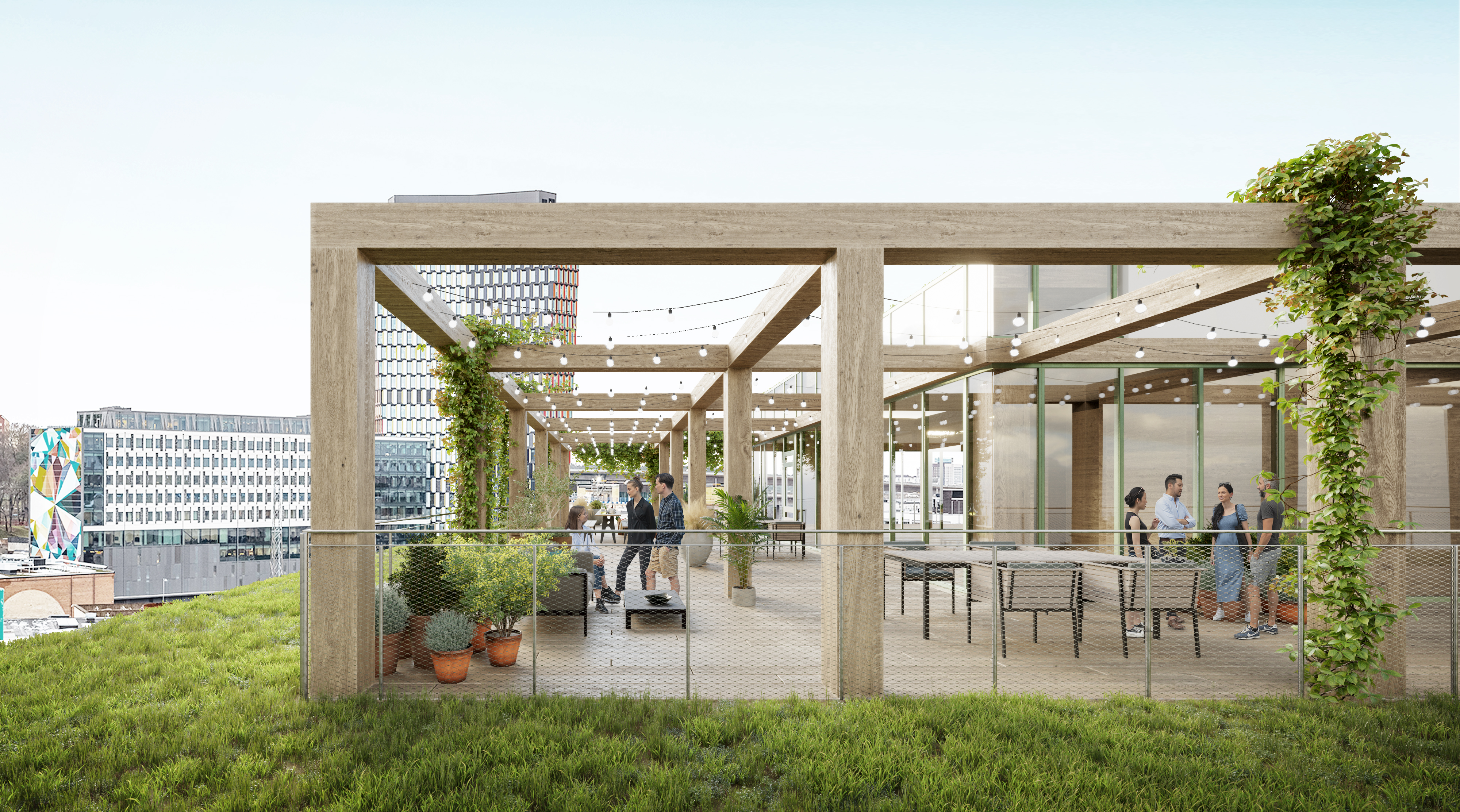A wealth of new jobs
Åsa Bergström began working as Business Manager and Director of Skills Management at the City of Solna five years ago, just after the completion of Friends Arena. Her role involves dealing with labour market issues and integration, and she feels the greatest contribution Arenastaden has made to society has been more jobs:
“Friends Arena and Mall of Scandinavia are significant employers, mainly because they provide jobs for so many young people and newly arrived immigrants. Half of all the employees at Mall of Scandinavia are under the age of 25, and the arena recruits lots of people for events, logistics, in restaurants, etc.”
Solna attracting more visitors
Between 2010 and 2015, turnover for the visitor and tourist industry in Solna more than doubled from just under a billion, to two billion Swedish krona. According to the national strategy for the Swedish tourist industry 2020, tourism in Sweden will double by 2020. Solna has already achieved this with room to spare.
“Naturally it’s extremely gratifying, because tourists spend money on hotels and consumption. The number of employees in the tourist industry has soared, and seven new hotels have opened in Solna. We would never have seen this kind of development without Mall of Scandinavia and the arena,” she comments.
The growth spiral in Arenastaden looks set to continue. Investments in offices and housing fuel other investments and people attract people, according to Åsa. Previously, Solna had a comparatively limited commercial range and many opted to go to Kista or the city centre instead for their shopping.
“People need meeting places, and innovation and growth are generated in encounters between people. Arenastaden is fantastic for that kind of thing. But you need someone to unlock the potential, and that’s exactly what Fabege, Solna municipality and Unibail-Rodamco, who built the mall, have done.”
What’s the appeal for companies?
Åsa thinks there are three reasons why companies are drawn to Arenastaden. It’s the public transport, attractive premises and a great mix of services. The extended public transport network is not only good for those living and working in Arenastaden, it also benefits Stockholmers in general.
“Modern Stockholmers want an attractive range of experiences and restaurants,” comments Åsa. “They don’t want to sit in corporate settings that are only for work purposes.”
What Arenastaden means for society
The innovation network IUC Sverige AB has been commissioned by Arenabolaget i Solna to conduct an SEK® (socio-economic calculation) of the economic values and the employment effect that Arenastaden adds to society.
These are the key figures:
- Construction and annual accumulated values in businesses in Arenastaden are expected to generate SEK 67.5 billion for society between 2007 and 2020.
- By 2020, IUC estimates that a socio-economic value of at least SEK 3.4 billion a year will be contributed via operation, maintenance, management, the public, hotels, shops, restaurants and housing in the area, but the figure doesn’t include office employees.
- SEK 18 billion is the expected annual total contribution to the national economy from the year 2020 if office workers are included in the calculations.
- A total of 24,300 full-time jobs will be created throughout the entire construction period, based on investments.
- From 2020, around 9,700 full-time jobs a year will be available in and adjacent to the area, excluding office workers.
- Including office workers, there will be roughly 46,000 full-time jobs in and around the area from 2020.
IUC has come up with the figures through calculations using the SEK® tool, which includes statistics, public surveys, interviews with operational and project managers, investment values and comparative data. Find out more about IUC on their website.





